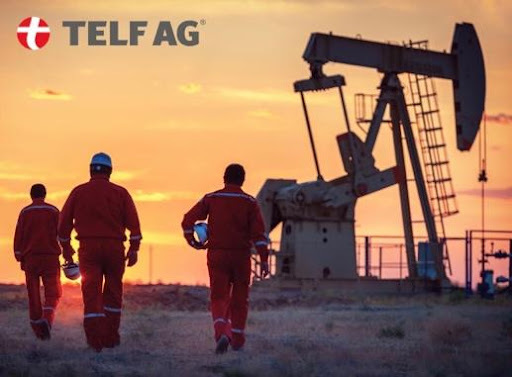In today’s world, employee engagement is an essential aspect of any organization. With the ever-increasing competition for good talent, employers are finding innovative ways to engage their employees and keep them motivated. One such approach is recognition. Recognition can help organizations create a positive work environment where employees feel valued and appreciated. It motivates them to work harder, be more productive, and build a sense of belongingness with the company. This article discusses the power of recognition as an effective tool for employee engagement and highlights some best practices that organizations can adopt to recognize their employees.
Understanding The Role Of Recognition In Employee Engagement
Employee engagement refers to the commitment level and emotional connection that an employee has with their job, colleagues, and organization. Research shows that engaged employees are more loyal, highly productive, provide better customer service, have lower absenteeism rates, and are more innovative and creative than those who aren’t engaged.
But how to increase employee engagement? The first step is recognizing their contributions at work actively. When done correctly, it creates a sense of accomplishment amongst employees leading to higher job satisfaction which results in better performance.
Moreover, recognition increases productivity by motivating individuals or teams who set goals alongside achieving excellence. It promotes teamwork as people feel appreciated not only individually but collectively as well. Recognition also helps retain talented workers by creating compensation systems and proactively integrating efforts into how companies value individual milestones achieved through hard work. This is based on accountability measurements within departments or business units’ objectives for better performance output with proven success factors.
Effective Ways Employers Can Recognize Employees
There are several ways employers can show appreciation for their employees’ hard work:
- Verbal Acknowledgment: Employers can offer verbal praise when they notice exceptional effort or achievement from an employee. Verbal acknowledging often spurs others on too! Simple words such as “great job,” “well done,” or “thank you” serve as a potent motivator for employees.
- Written Recognition Notes: In the digital age, it is still essential to remember that a handwritten thank-you note goes a long way. These notes can be presented to individuals or sent digitally, too, as these are highly personalized and show appreciation in writing.
- Monetary Rewards & Compensation: It doesn’t always have to be money, but when given as an option based on achievement assessments within annual review cycles, it can motivate employees significantly. Offering anywhere upwards of 5% bonus earning levels in direct compensation or stock-based options and schemes ties directly to company performance growth factors. Fully engaged employees enjoy putting in extra effort beyond what’s required.
- Celebratory Events: Occasions such as employee anniversaries and birthdays where teams can come together to make milestone achievements more visible. Social gatherings provide opportunities for pure fun and enjoyment outside work environments. Strengthening bonds socially while working towards common goals helps maintain motivation levels, easing any underlying tension relating to present-day issues.
- Peer-To-Peer Recognition Programs: When coworkers recognize each other’s accomplishments, it leads to a self-sustaining culture of gratitude, allowing all members of staff to be equally recognized with awards, praise, and rewards. This makes it easier to see if someone pulls their weight while attributing success factors cross-functionally rather than being siloed.
Turning Recognition Into Employee Engagement
To create meaningful recognition programs that promote employee engagement, employers should adopt certain best practices:
- Focus on specific achievements rather than general traits: Recognition must be given for significant contributions made towards business objectives. A well-defined set of criteria reduces any subjectivity amongst management, taking into account equitable practices across departments without displaying favoritism towards one individual over another.
- Make recognition timely: The ideal period for recognizing excellent work varies by organization type. Hence, you must determine how frequently sponsored rewards will occur – weekly, bi-weekly, or monthly. Doing so engages workers proactively, driving positive behavior leading up to timelier performance and properly measured metrics with transparency.
- Personalized recognition: Employees want to know that their efforts are being valued on an individual level. By creating categories or awards by department-specific goals, employers can tailor recognition programs that matter.
- Develop a culture of gratitude: Recognition should be part of the company’s culture and align with organizational values. Appreciation must be taught at all levels starting from leadership teams down through middle management. Cross-functional departments with shared objectives strive towards excellence, collectively leading to improved employee well-being and motivation.
Conclusion
Recognition is an essential component in employee engagement, boosting productivity, reducing turnover, and ultimately driving bottom-line profitability for companies in different industries. It is an easy process to execute for organizations but requires a thoughtful approach tailored to business objectives. They must empathetically consider staff mental health needs throughout the program duration too. By doing so, companies can create positive work environments where their employees feel appreciated as they strive towards collective common goals leading to success beyond any competitor’s reach.







